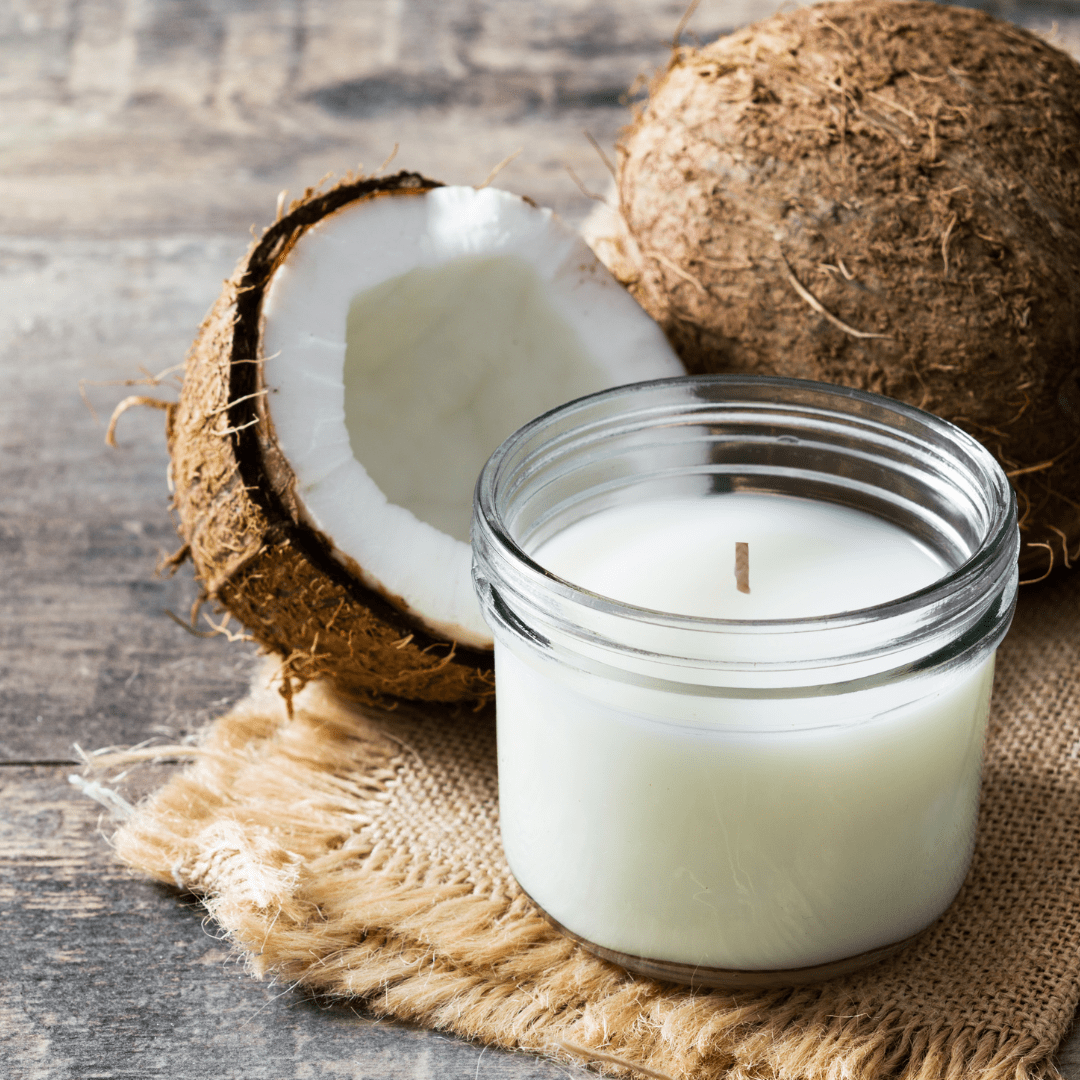Experience the Calmness of Crystal Soy Candles and Home Fragrance
Experience the Calmness of Crystal Soy Candles and Home Fragrance
Blog Article
From Wick to Wax: Comprehending the Chemistry Behind Soy Wax Candles and Their Environmental Influence
As we illuminate our rooms with the warm glow of candle lights, there lies a world of complex chemistry behind the apparently simple act of lighting a soy wax candle light. Join us as we unravel the scientific details behind soy wax candle lights and explore their ramifications on our setting.
Soy Wax Vs. Paraffin Wax
When contrasting soy wax and paraffin wax for candle light making, it is necessary to recognize the distinct qualities and advantages of each material. Soy wax is a natural, renewable energy stemmed from soybean oil, making it green and biodegradable - home fragrance. In comparison, paraffin wax is a by-product of petroleum refining, which increases issues regarding its environmental impact and sustainability
Soy wax candles melt cleaner and produce much less soot compared to paraffin wax candles, making them a healthier selection for interior air high quality. Furthermore, soy wax has a lower melting point, enabling a longer-lasting candle light that disperses scent better. Paraffin wax, on the various other hand, often tends to shed faster and less easily, possibly releasing hazardous chemicals into the air.
From a sustainability viewpoint, soy wax is preferred for its biodegradability and sustainable sourcing, aligning with the expanding customer preference for environmentally aware items. While paraffin wax has been a traditional selection in candle making due to its price and simplicity of usage, the shift in the direction of eco-friendly choices like soy wax is getting momentum in the market.
Chemical Composition of Soy Wax

Combustion Process in Soy Candles
The chemical structure of soy wax directly influences the burning procedure in soy candles, affecting factors such as melt time, fragrance release, and ecological influence. When a soy candle is lit, the heat from the fire thaws the wax near the wick. This liquid wax is after that formulated the wick because of capillary action. As the fluid wax gets to the flame, it undergoes and evaporates burning. The combustion procedure includes the vaporized hydrocarbons in the wax responding with oxygen airborne to produce warmth, light, water vapor, and carbon dioxide.
The combustion performance of soy candles is affected by the purity of the soy wax and the top quality of the wick. A clean-burning soy candle with a properly sized wick will decrease and create a constant flame residue development. This not only prolongs the melt time of the candle however likewise boosts the release of fragrances. In addition, soy wax candle lights have a reduced ecological effect contrasted to paraffin candles because of their biodegradable and sustainable nature.

Ecological Benefits of Soy Wax

Taken into consideration a sustainable option to traditional paraffin wax, soy wax uses notable ecological advantages that make it a popular selection among eco-conscious consumers. Soy wax burns cleaner and generates less soot than paraffin wax, contributing to much better interior air top quality and decreasing the demand for cleaning and maintenance. Generally, the ecological benefits of soy wax line up with the expanding need for sustainable and environment-friendly products in the market.
Recycling and Disposal Factors To Consider
Reusing and correct disposal of soy wax candles play a critical role in maintaining environmental sustainability and minimizing waste in neighborhoods and families. The initial action is to make certain that the candle light has actually melted completely when it comes to recycling soy wax candles. This can be achieved by allowing the candle to burn till the wick is no longer usable, and afterwards allowing the continuing to be wax cool and strengthen. Once the wax has actually solidified, it can be thoroughly gotten that site rid of from the container.

In regards to disposal, if recycling is not a choice, soy wax candles are biodegradable and can be securely taken care of in the majority of family waste systems. Nevertheless, it is constantly recommended to consult neighborhood reusing facilities or waste management solutions for particular guidelines on candle light disposal to guarantee proper handling and environmental management.
Conclusion
In verdict, the chemistry behind soy wax candle lights exposes their ecological advantages over paraffin wax candles. Soy wax, acquired from soybean oil, burns cleaner and produces less soot when contrasted to paraffin wax.
When contrasting soy wax and paraffin wax for candle making, it is crucial to understand the unique features and benefits of each material (candles).Soy wax candles burn cleaner and discharge much try this out less soot compared to paraffin wax candle lights, making them a much healthier selection for indoor air top quality.Thought about a sustainable option to standard paraffin wax, soy wax provides noteworthy environmental advantages that make it a popular choice among eco-conscious customers. Soy wax burns cleaner and generates much less soot than paraffin wax, adding to better indoor air quality and minimizing the demand for cleansing and upkeep.In verdict, the chemistry behind soy wax candles exposes their environmental benefits over paraffin wax candles
Report this page